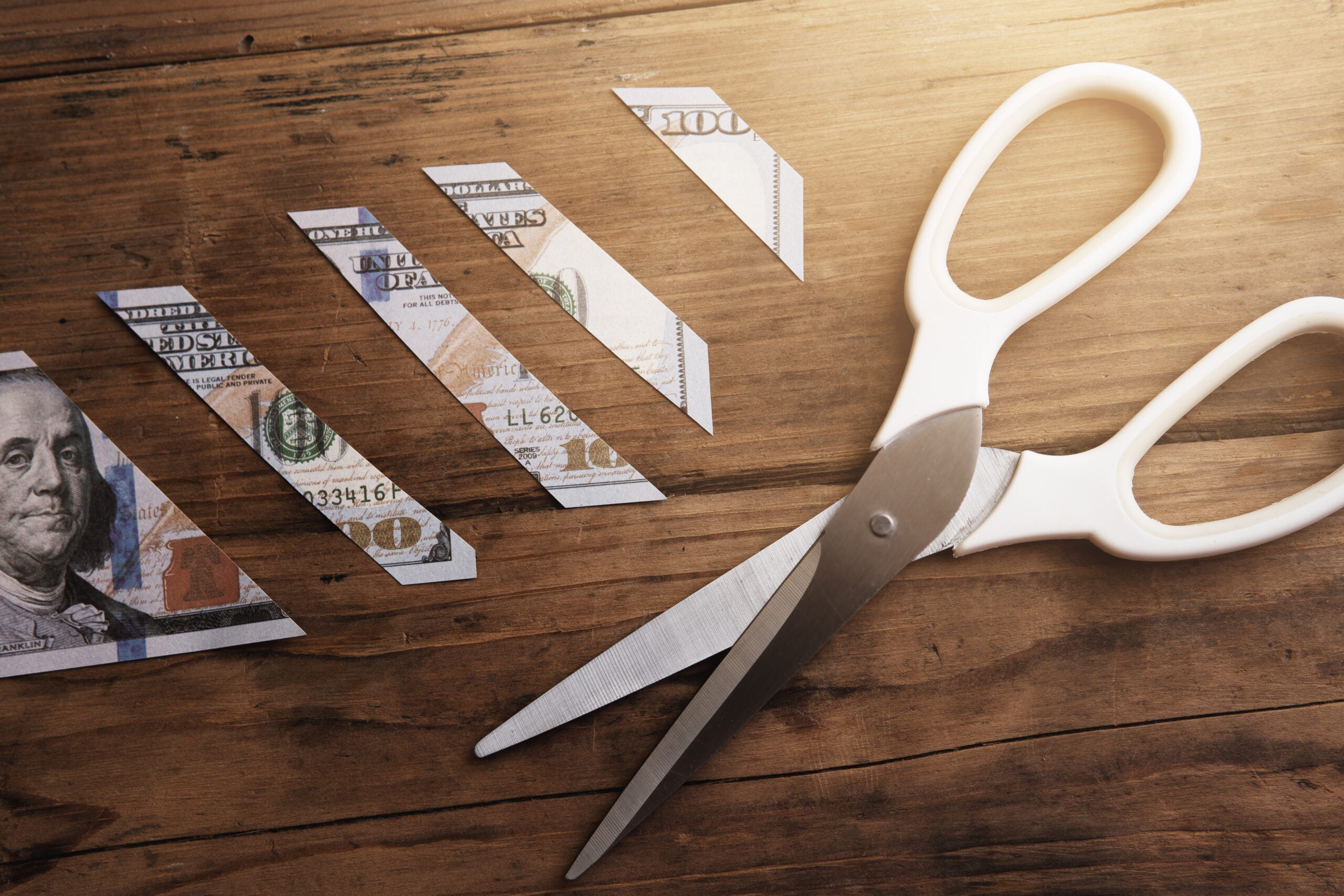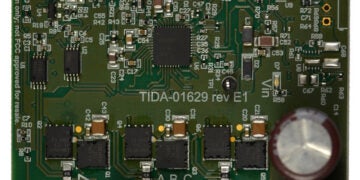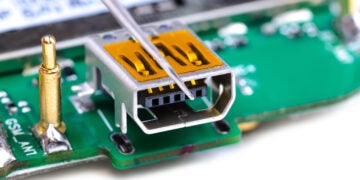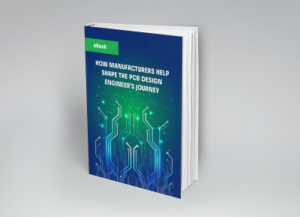
One of the less glamorous aspects of engineering is figuring out how to reduce PCB costs.
PCB cost optimization directly impacts your product’s profitability and market competitiveness. Engineers consistently face pressure to reduce board costs while maintaining performance and reliability standards. The key to learning how to reduce PCB costs lies in understanding the factors that drive design and development. For example, knowing the factors that influence component cost trends is a tremendous asset when developing a cost savings plan for your project workflow.
Target Areas for Reducing PCB Costs
Every aspect of the PCB design process has associated costs. Primarily, these costs are determined by the amount of time the engineer or design team has to devote to a particular task. Prior to devising a plan for reducing costs, it is necessary to identify and evaluate target areas where costs may be reduced, as shown in the table below. Failing to take this crucial step could result in a significant cost once your board is in production and this change is replicated hundreds or even thousands of times.
| PCB Cost Reduction Target Areas | |||
| PCB Design Area | Typical Implementation Time | Cost Reduction Potential | Design Workflow Impact |
| Component Optimization | 2-4 hours per design | 15-25% BOM savings | Minimal performance change |
| Layer Stack Reduction | 4-6 hours redesign | 20-40% fab cost savings | Requires routing optimization |
| Panel Utilization | 1-2 hours setup | 10-30% per-unit savings | No functional impact |
| DFM Rule Implementation | 3-5 hours per project | 5-20% manufacturing savings | Enhanced manufacturability |
| Supply Chain Intelligence | Ongoing monitoring | 12-18% procurement savings | Zero design changes |
| Standard Part Libraries | Initial setup investment | 8-15% ongoing savings | Improved reliability |
Strategic Component Selection for Cost Optimization
Component costs typically represent 60-70% of total PCB expenses, making smart part selection your highest-impact cost reduction opportunity. Professional engineers leverage comprehensive electronic parts databases to make the best component selections for previously used devices, create new CAD models, or identify cost-effective alternatives that maintain design integrity. Strategies that may be implemented to help reduce component costs, and consequently, PCB costs, include:
Strategies for Optimizing Component CostsAlternative Part Analysis: Modern CAD libraries provide real-time pricing across multiple distributors, enabling instant cost comparisons for functionally equivalent components, like commonly used capacitors and other passives. Engineers using comprehensive databases report 15-25% BOM cost reductions through systematic alternative evaluation. Volume Break Optimization: Professional parts databases display quantity pricing tiers, helping designers select components that align with production volumes. Understanding break points helps you avoid overbuying and stockpiling components, which was one of the overcorrections implemented to survive component shortages from previous years. Lifecycle Cost Management: Components approaching end-of-life create hidden costs through redesign requirements and expedited procurement. Advanced library systems track component lifecycle status and suggest stable alternatives before obsolescence impacts production schedules. Supplier Diversification Benefits: Single-source components create supply chain risks that drive up costs through premium pricing and limited negotiation leverage. Comprehensive databases identify multiple qualified sources for critical components. |
Design Optimization Techniques That Reduce Manufacturing Costs
PCB fabrication costs correlate directly with design complexity, layer count, and manufacturing requirements. For example, higher performance class boards present manufacturers with stricter reliability mandates that translate into tighter constraints and less flexibility. Strategic design decisions made early in the development process, specifically to ensure compliance with your contract manufacturer’s DFM and DFA rules and guidelines, minimize PCB spins, and help avoid other expensive manufacturing operations and material waste. Helpful techniques to optimize PCB cost include the following:
- Layer Stack Optimization: Reducing layer count from 6 to 4 layers can cut fabrication costs by 30-40%. This requires careful signal integrity analysis and routing optimization, but the savings justify the engineering investment for most applications.
- Via Strategy Management: Excessive via usage increases drilling costs and manufacturing time. Optimized designs use strategically placed vias to maintain electrical performance while minimizing fabrication complexity.
- Panel Utilization Efficiency: Proper panelization maximizes material usage and reduces per-unit costs. Engineers achieve 15-30% cost reductions by optimizing board dimensions to fit standard panel sizes efficiently.
- Design Rule Compliance: Manufacturing-friendly designs avoid premium processes like blind vias, exotic materials, and tight tolerances unless absolutely necessary. Standard fabrication processes deliver significant cost advantages over specialized requirements.
Supply Chain Intelligence and Procurement Optimization
Effective supply chain management prevents cost overruns that can destroy project budgets. Professional-grade parts databases provide real-time market intelligence that enables proactive procurement decisions and cost optimization. Attributes that should be a part of your management strategy and software capabilities are:
- Real-Time Pricing Visibility
- Market prices for electronic components fluctuate based on supply and demand conditions. Engineers with access to live distributor data can time purchases to capture favorable pricing and avoid market spikes.
- Lead Time Management
- Components with long lead times often carry premium pricing for expedited delivery. Early identification of supply constraints enables proactive sourcing that avoids rush charges and production delays.
- Inventory Optimization
- Comprehensive supply chain data helps balance inventory carrying costs against price volatility. Strategic purchasing during favorable market conditions can reduce component costs by 10-15% annually.
- Supplier Performance Tracking
- Professional databases include supplier reliability metrics, helping procurement teams select vendors that deliver consistent pricing and availability without hidden costs.
Leveraging CAD Library Management for Cost Control
Your CAD library serves as the foundation for cost-effective design decisions. Comprehensive library management systems integrate pricing intelligence directly into the design workflow, enabling real-time cost optimization without disrupting engineering productivity. Effective CAD library attributes, as listed below, can help you improve ROI across projects.
CAD Library Management Attributes for Cost Effectiveness.
|
Defining How to Reduce PCB Costs for Your Project
Effective cost reduction requires systematic measurement, continuous improvement, or a defined monitoring plan. Establishing clear metrics enables engineering teams to track progress and validate the impact of optimization strategies.
Key Performance Indicators
BOM Cost per Function:
Track component costs relative to circuit functionality rather than absolute board cost. This metric accounts for feature complexity and enables fair comparison across different product generations.
Manufacturing Yield Rates: Cost reduction efforts should not compromise manufacturing reliability. Monitor yield rates to ensure optimization strategies do not introduce quality issues that offset savings through rework costs.
Time to Market Impact: Aggressive cost-cutting can extend development schedules if not properly managed. Balance cost optimization with project timeline requirements to maximize overall profitability.
Supplier Performance Metrics: Track supplier delivery performance, quality ratings, and pricing stability to ensure cost reduction strategies do not create supply chain risks.
Implementing a good monitoring or tracking plan begins with determining the KPIs to track. Equally important is determining when to evaluate these KPIs and what success looks like. The Cost Reduction Validation Framework below gives an example of how to measure and validate the progress of a cost reduction plan:
| Cost Reduction Validation Framework: | |||
| Measurement Period | Target Metric | Validation Method | Success Threshold |
| Per-project basis | BOM cost reduction | Direct cost comparison | 10-15% savings |
| Quarterly review | Manufacturing efficiency | Yield rate analysis | >95% first-pass yield |
| Annual assessment | Total cost of ownership | Lifecycle cost modeling | 12-20% reduction |
| Ongoing monitoring | Supply chain stability | Vendor scorecards | <5% delivery variance |
The question of how to reduce PCB costs is not a one-size-fits-all proposition. However, defining your custom strategy for optimizing project costs should include techniques for targeting component selection, design optimization, supply chain resilience, and CAD library management, as well as a plan for monitoring and measuring success.
If you’re looking for CAD models for common components or important design information on how to reduce PCB costs, Ultra Librarian helps by compiling all your sourcing and CAD information in one place.
Working with Ultra Librarian sets up your team for success to ensure streamlined and error-free design, production, and sourcing. Register today for free.








